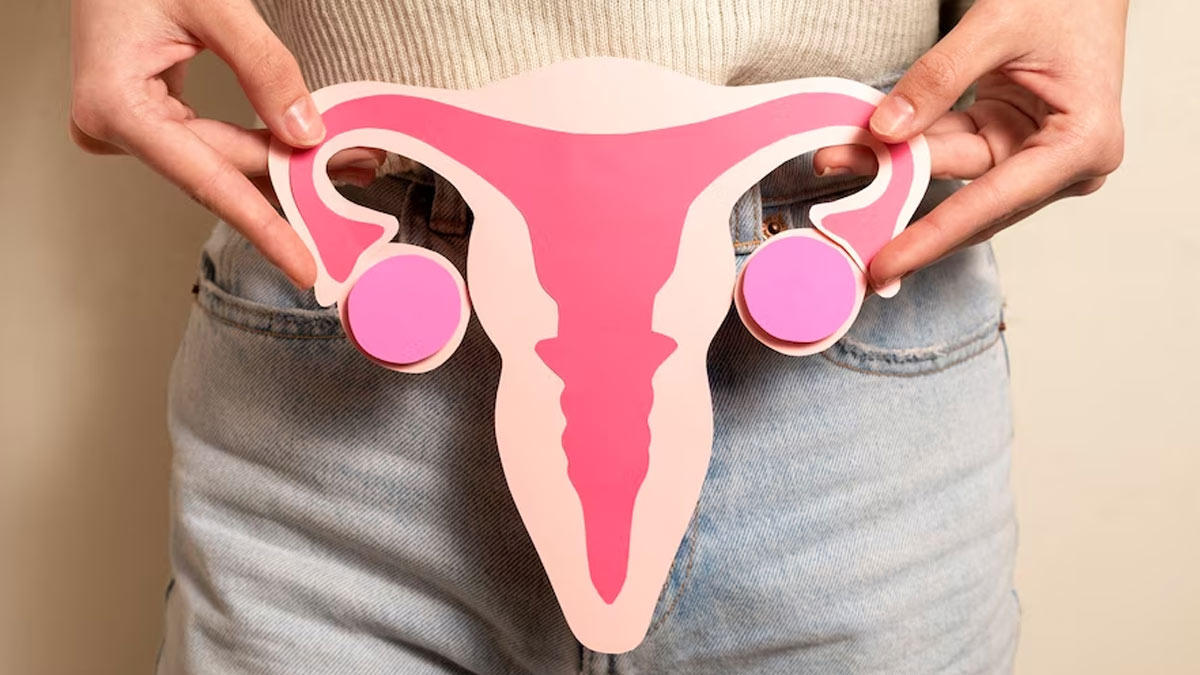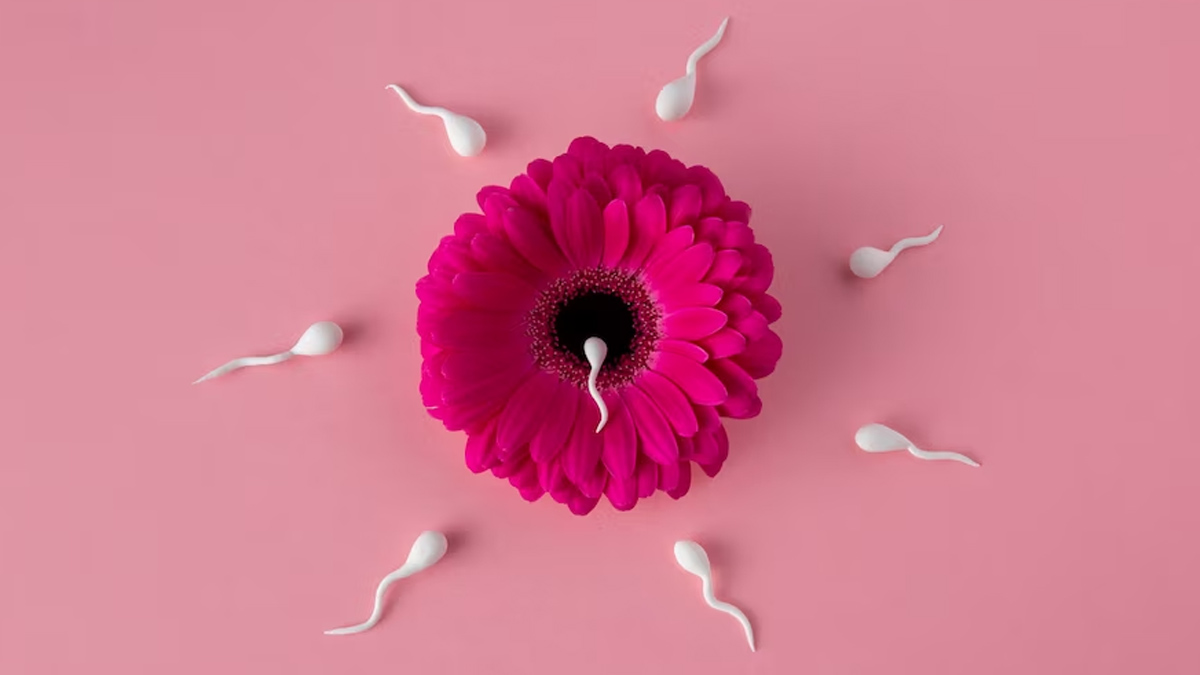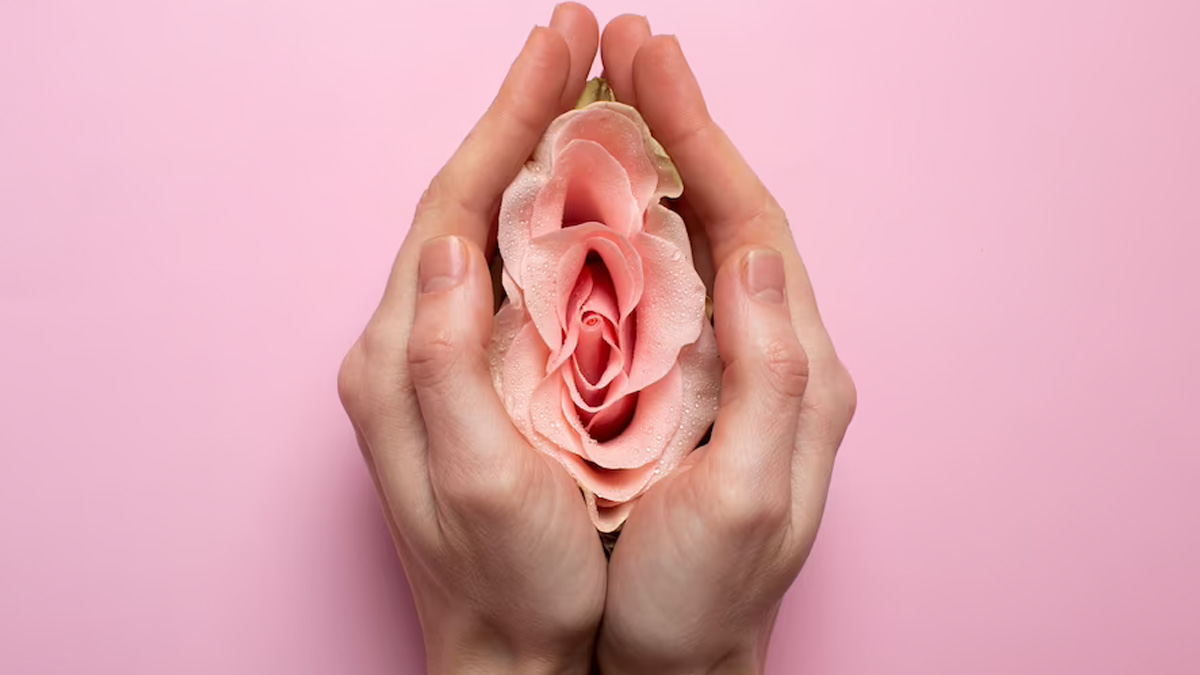
Pleasure is not the same for everyone, nor is it viewed or accepted equally for everyone. Gender, sexuality, age, and factors like upbringing, societal norms, and psychological differences contribute to diverse perceptions of what brings pleasure, leading to variations in how it's viewed and pursued among different individuals.
Table of Content:-
Female ejaculation, which is a part of sexual pleasure for some individuals, is a topic of curiosity as well as controversy. Not many speak of it publicly, but understanding the science behind it helps promote sexual health, empowers individuals to communicate their desires, and de-stigmatises natural variations in sexual experiences. It facilitates informed discussions, enhances intimacy, and contributes to overall well-being and satisfaction. In an interaction with the OnlyMyHealth team, Dr Chirag Bhandari, Founder of Institute of Andrology and Sexual Health (IASH), explains the intricacies involved in female ejaculation.
Understanding Female Ejaculation From The Lens Of Science

Female ejaculation involves the release of fluid from the female prostate gland or Skene's glands during sexual arousal or orgasm, explains Dr Bhandari, adding, “The fluid released during female ejaculation is distinct from urine and has been found to contain prostatic-specific antigen (PSA), which is also present in male semen.”
Also Read: The Fear Of Vaginal Penetration Is Real: Expert Explains The Condition Called Vaginismus
The PSA in the female ejaculate fluid is said to have antibacterial properties that serve to protect the urethra, according to a review published in the Wiley Online Library.
It is also interesting to note that there are two different types of female ejaculate:
Ejaculate fluid, which consists of thick and milky-appearing fluid, produced in the paraurethral glands
Squirting fluid, which is usually colourless and odourless and is produced in the bladder
While not all women ejaculate, and its occurrence varies among individuals, the experience of pleasure, including the role of ejaculation, can differ greatly from person to person.
According to Dr Bhandari, the phenomenon of female ejaculation has often been misunderstood and even dismissed due to societal taboos and limited scientific research. However, recent studies have shed light on its nature and the experiences of women who have reported ejaculating, he adds.
It’s Not Synonymous With Orgasm

Dr Bhandari says, “It is important to note that female ejaculation is not synonymous with orgasm, as women can experience orgasm without ejaculation and vice versa.”
“The experience of female ejaculation can be pleasurable for some women, while others may not find it particularly significant or may not experience it at all,” he adds.
Therefore, since orgasm is a peak of sexual pleasure accompanied by involuntary muscle contractions, not all women experience ejaculation, and it's possible to have an orgasm without ejaculating.
Also Read: 5 Facts All Men Should Know About Sexual Health Problems
Why Understanding Female Eaculation Is Important

Dr Bhandari says, “Understanding female ejaculation is crucial for debunking myths and misconceptions surrounding women's sexual experiences. It is a normal and natural phenomenon that can occur during sexual activity, and it should be regarded with acceptance and respect. However, it is important to note that not all women ejaculate, and the absence of ejaculation does not imply any inadequacy or abnormality.”
“By embracing the diversity of women's sexual experiences and expanding our knowledge on this topic, we can promote a more inclusive and informed understanding of female sexuality. Open conversations, education, and de-stigmatisation can help create a supportive environment where women can feel comfortable discussing and exploring their own bodies and sexual experiences, including the possibility of ejaculation,” he concludes.
Also watch this video
How we keep this article up to date:
We work with experts and keep a close eye on the latest in health and wellness. Whenever there is a new research or helpful information, we update our articles with accurate and useful advice.
Current Version